For many travelers the capital of Galicia, Santiago de Compostela represents the ultimate stop along a shared journey. Since the ninth century, millions of pilgrims have walked the 900-km (560-mile) long Camino de Santiago, or Way of St. James, from just across the French border to Santiago, reputed to be the burial spot of the Apostle James.
Major attractions in Santiago de Compostela, therefore, center around this pilgrimage destination, but there is much more than this to this northwestern Spanish city. Other things to do in Santiago de Compostela include exploring its great museums, beautiful parks and magnificent medieval buildings.
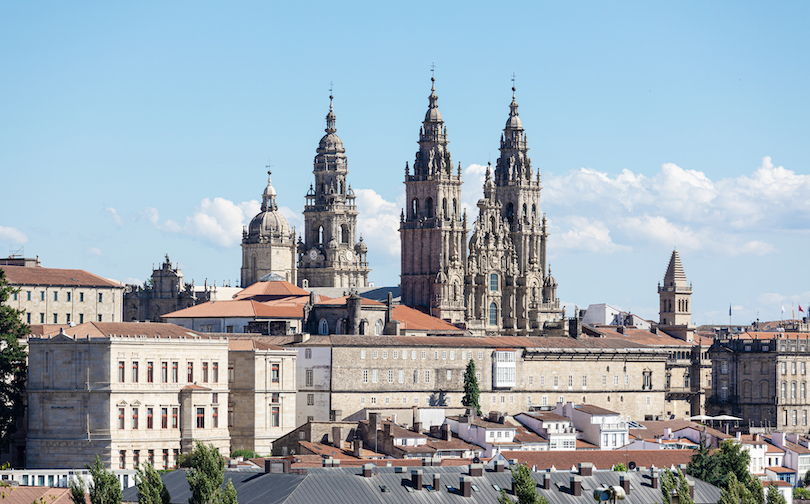
Some say Santiago de Compostela is a big village rather than a city. This rings true when the pilgrims and students leave, cutting its population in half. It’s an immense change.
Excitement, palpable joy and worldwide languages are quickly replaced by the everyday locals who carry on tradition, culture and a seafood-rich cuisine as they have for even longer than the pilgrimage has brought travelers to its village.
14. San Francisco Monastery
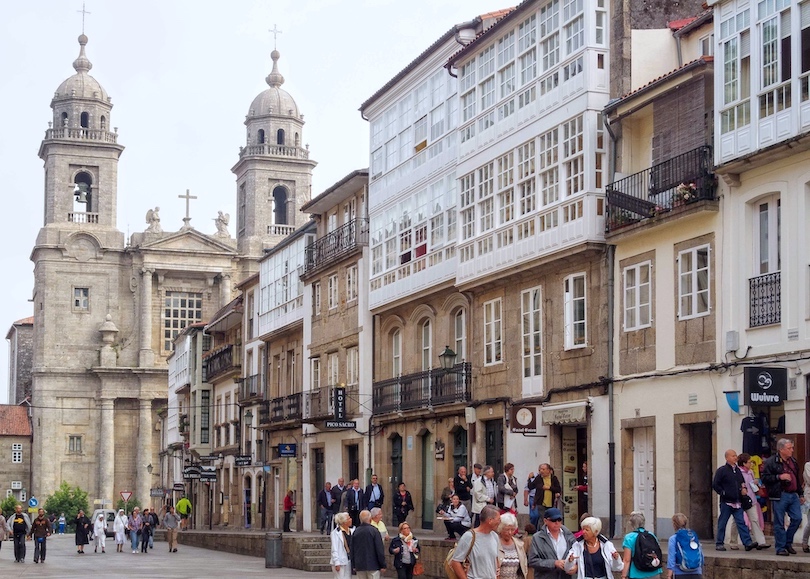
When you look down at Santiago de Compostela’s Old Town from the surrounding hills, there is a picturesque skyline that is a collective of the capital city’s best buildings and churches. One of those is the Church of San Francisco, home to the San Francisco Monastery.
Founded by St. Francis, who himself undertook a pilgrimage to this very city, the monastery dates back eight centuries. Ever since, it’s been the home of Franciscan monks.
The modern-day structure, however, was built more recently in the mid-18th century. It faces north-to-south, which is the complete opposite of traditional design. Within, you can discover an immense central nave surrounded by elaborate columns.
13. Pilgrimage Museum
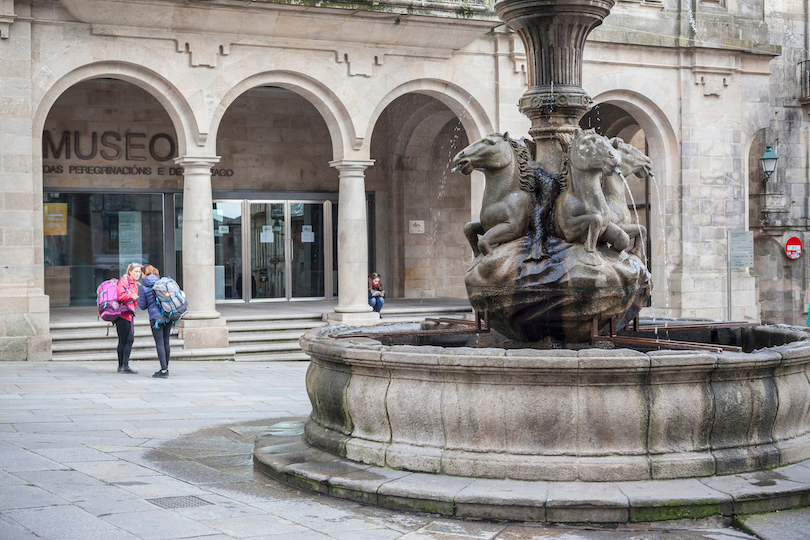
If you want to learn more about the Camino de Santiago and the history of pilgrimage in general, you must visit the Pilgrimage Museum.
The walk to Santiago is one of the most celebrated on earth and dates back to the 9th century. But it was in the Middle Ages that these ventures really flourished, so too the development of beautiful churches along the most prominent paths.
The museum dives into the history of the so-called Way of Saint James and you’ll quickly discover why he was so important. In addition, it shows how this pilgrimage has shaped Santiago de Compostela over the last 1200 years.
12. Praza da Quintana
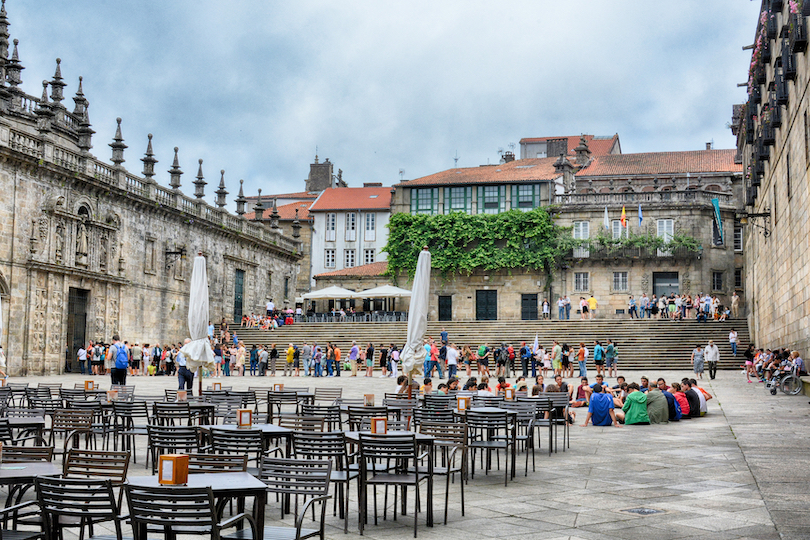
Surrounded by the past, it can be easy to overlook the Praza da Quintana. But from within the square, you can gawk up at some of the city’s most celebrated and ancient architecture.
These include the facade of the Monastery of San Paio de Antealtares. It was here that the tomb of St. James was discovered in the 9th century and would spur centuries of would-be pilgrims to take the journey of a lifetime.
Encompassing the square is the soaring clock tower affixed to the Santiago de Compostela Cathedral. The tower, known as Berengial, is around 700 years old and still rings true to this very day.
11. Cathedral Museum
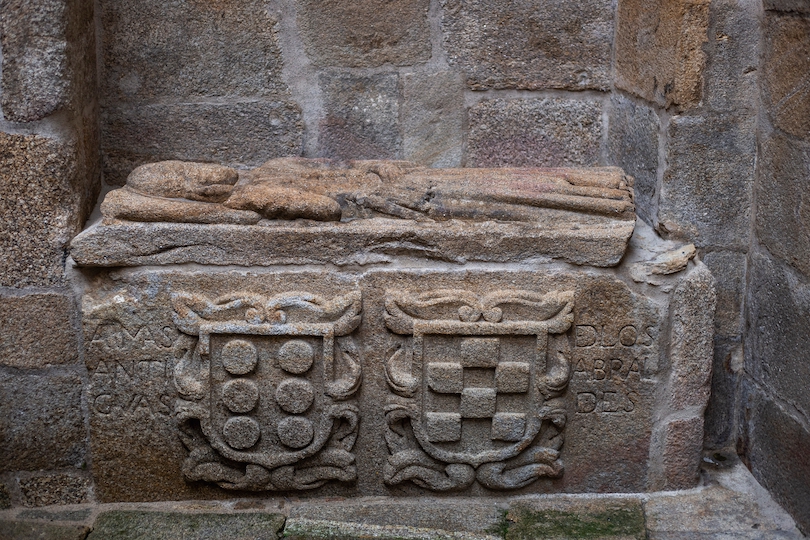
Timing a visit to the Santiago de Compostela Cathedral to experience the swinging of the Botafumeiro is a must. However, you can round out the experience by wandering through the Cathedral Museum.
In the western cloister of the cathedral, this museum showcases the history of the building and its importance to residents and pilgrims alike. Within its library are ancient collections of scripts and volumes that explore the history of Galicia, the Way of Saint James and the city in real-time.
Spread into various rooms, you’ll uncover historic sculptures, celebrated paintings and tapestries by the likes of Goya and Teniers. This along with important archaeological discoveries.
10. Monte do Gozo
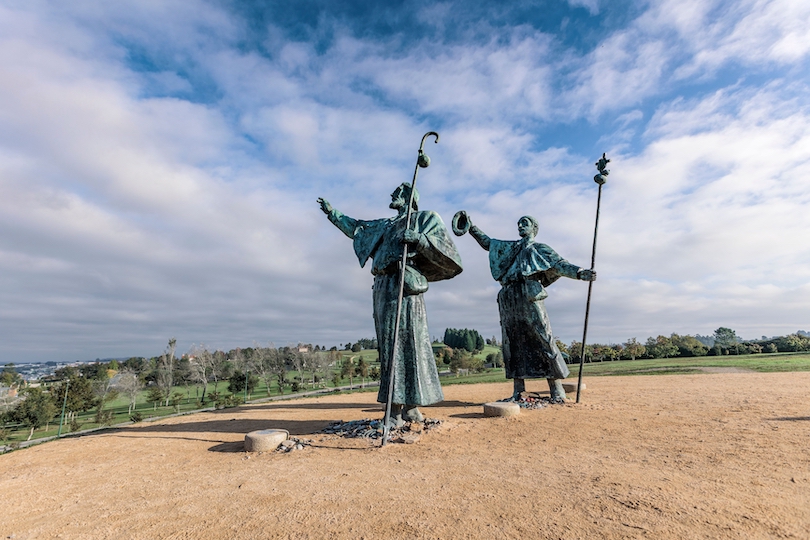
Known as the Hill of Joy, there are mixed emotions when pilgrims arrive at Monte do Gozo. At a height just shy of 400 meters, the hill towers over Santiago de Compostela and provides travelers with their first glimpse of the Cathedral towers below.
It also marks the meeting point of several “ways” or trails bringing pilgrims from different sections together for the first time. Being so close to the end provides a mix of excitement, relief and, appropriately, joy, for our wearied walkers.
But even if you aren’t on the trail, it’s well worth the visit for the views and monuments. The latter include the amazing Pilgrims Statue and the Pope John Paul II monument.
9. Cidade da Cultura
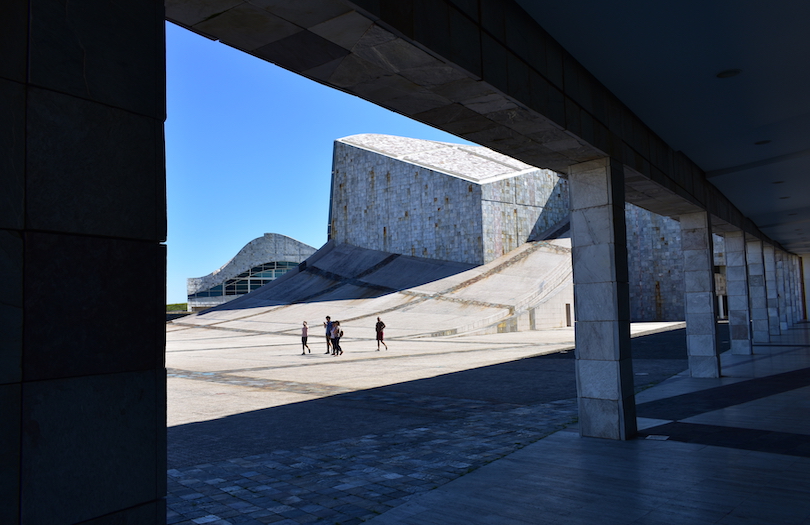
It’s the excitement of the pilgrimage and the history of this city that draws most people in. But with so much history to experience, be sure to take some time to celebrate the modern at the Cidade da Cultura.
The City of Culture is found within a futuristic building at odds with the rest of Santiago de Compostela. It makes the utterly 21st century design even more noteworthy. Within you can explore the expansive museum and gardens before catching a live event at the outdoor performance area.
The main highlight is the Museo Centro Gaias, which is a free art museum with a variety of temporary events and oversized installations.
8. Parque da Alameda
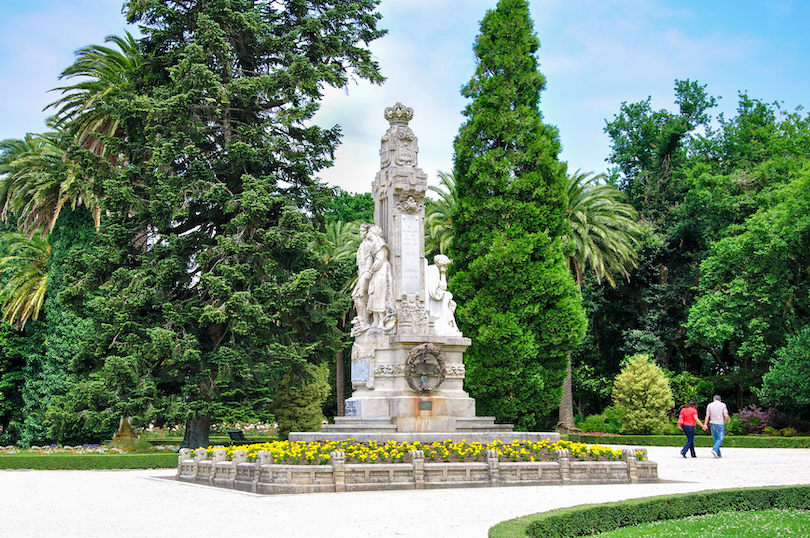
If you’re like us, then your feet will get a workout when traveling around Santiago de Compostela. At Parque da Alameda you have the chance to catch your breath, put your feet up and watch the world go by. It also wouldn’t be Santiago de Compostela if there wasn’t also a view of the beloved cathedral.
I know you’ve done a lot of walking, but once you’ve done enough people-watching and dined on a picnic of local delicacies, head along the Paseo da Ferradura. This walking path takes you along a treelined passage by cyclists, locals and a statute of Valle Inclan, a celebrated writer. If you’ve come on a weekend may also stumble upon a festival or market.
7. Museo do Pobo Galego
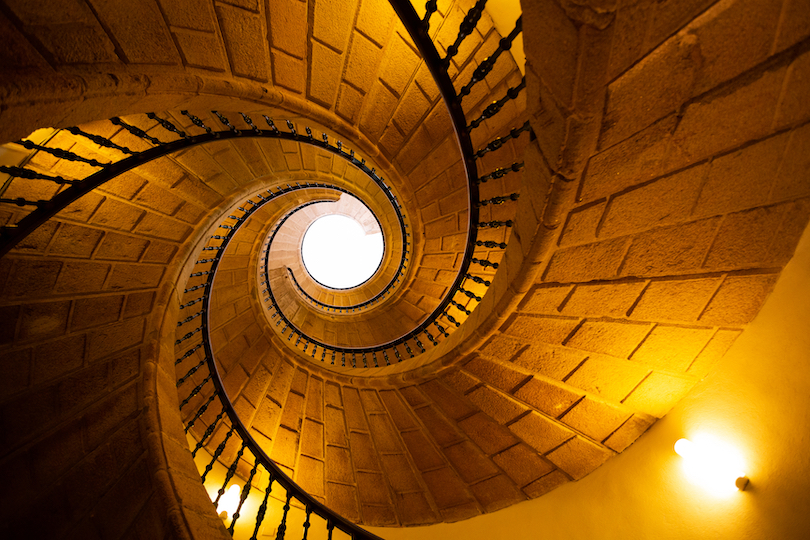
Set within the old Convent of Santo Domingo de Bonaval, the Museo do Pobo Galego is an ornament to the cultural history of the region. Galicia has a long storied past from its traditional heritage to the evolution of its mouthwatering seafood-based cuisine.
Within the Museum of Galician People, you’ll uncover the past through its array of wonderful exhibits. These include prominent archaeological discoveries that date back centuries, along with art and clothing.
These are all dispersed into different sections that take you on a trip to understand the importance that the Atlantic, the trades, traditional farming and music have played in local life over the years.
6. Casco Antiguo
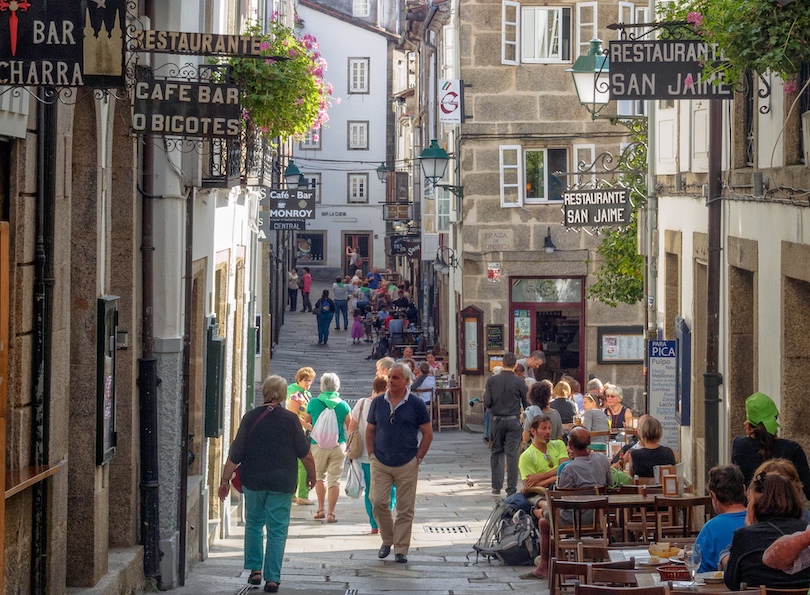
The Galician city is quite compact and a dream to walk around and purposely get lost on foot. In the heart of the city is the Old Town, known as Casco Antiguo, whose cobbled streets and narrow alleys take you on a journey back in time.
While you’ll want to have a list of things to see in the Old Town, take some time to simply wander. This way you’ll discover ample surprises from random fountains, small squares, parks where locals converse or merely enjoy the scene. Likewise, you can follow the aromas to restaurants serving delectable Galician cuisine.
If you have arrived at the height of summer, wake early to avoid the crowds. Especially if you want to check out the Plaza del Obradoiro and the cathedral.
5. Parador Hostal Dos Reis Catolicos
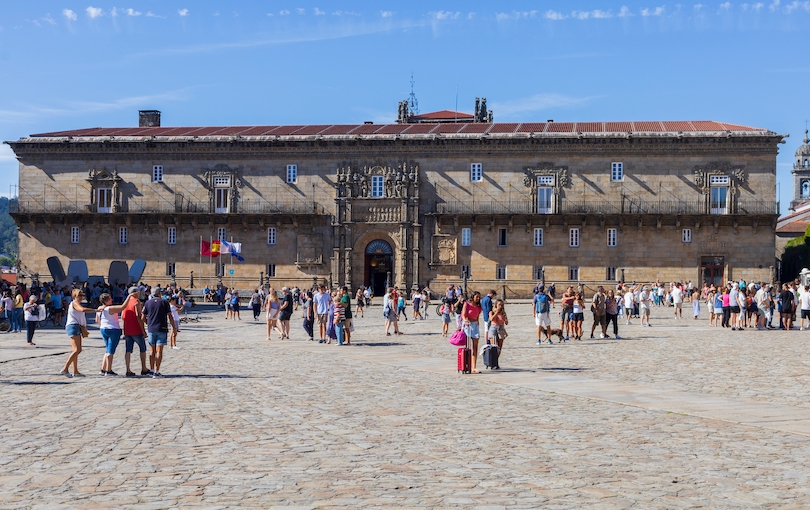
The first known pilgrimage to Santiago de Compostela occurred in the year 820. Much has changed since that journey undertaken by King Alfonso II, but there remain plenty of reminders of the trail’s enormous past.
The Parador Hostal Dos Reis Catolicos is one of the most poignant reminders. This former pilgrims hotel dates back to 1499 and is the oldest hotel in Spain.
Hospitality has long been a cornerstone of this pilgrimage and for centuries it has welcomed weary travelers. Today it is a part of the Parador de Santiago de Compostela, a magnificent five-star hotel that continues 500 years of tradition.
Without having to stay there you can still check out the Gothic facade and the beautiful interior cloisters. Plus, there’s a fantastic fine-dining restaurant inside.
4. Camino de Santiago

According to legend, St. James’ body was taken to Galicia by boat from Jerusalem and carried inland to where Santiago de Compostela is now located.
The Camino de Santiago (Way of St. James) is the name of any of the pilgrimage routes to his shrine in the city’s Cathedral. To earn the compostela (certificate of accomplishment) one needs to walk a minimum of 100 km (62 miles). In practice the closest convenient point to start is the small city of Sarria, as it has good connections to other places in Spain.
While many pilgrims only do that final portion of the route, there are great rewards for starting much further away and several Europeans walk all the way from their homes, following one of the many routes.
3. San Martin Pinario Monastery
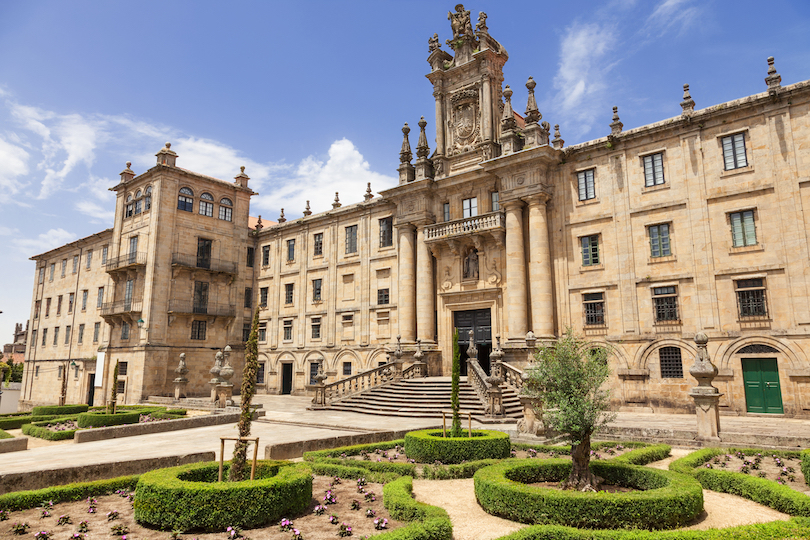
Taking you back to the 9th century, San Martin Pinario Monastery was first the home of Benedictine monks. Having heard the news of St. James and his burial, they settled.
Six hundred years later, the monastery that we can admire today was built. Now officially a part of the Benedictine Congregation, that building represents the influx of cash that quickly followed.
You can find this incredible monastery in the city’s main square, the Plaza del Obradoiro. Time will be well spent admiring its complex facade, affixed with intricate baroque architecture. Inside are memorable altarpieces from the hands of Fernando de Casas Novoa, from the 1700s.
Aside from the church, explore the museum to discover more of its past. Guided tours are also available.
2. Plaza del Obradoiro
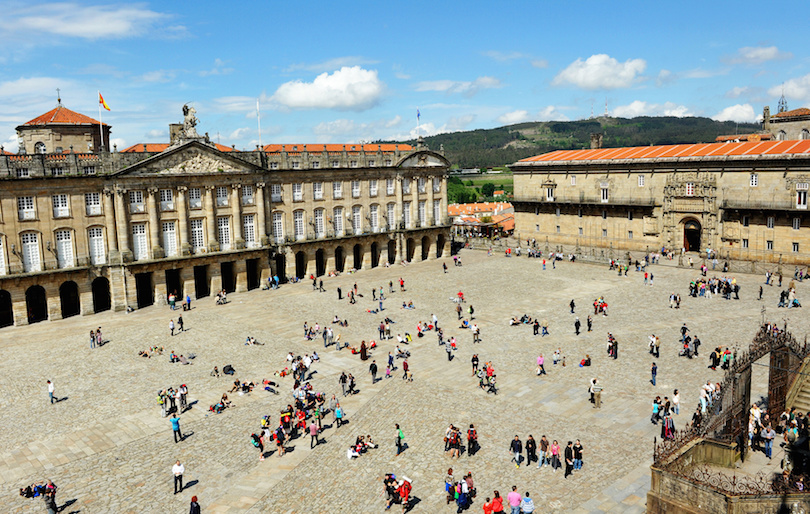
Home to the city’s famous cathedral, the Plaza del Obradoiro is often a melting pot of folks from across the globe. Thanks to the Camino’s fame, the Santiago de Compostela’s central square is affixed with locals, students and pilgrims from all walks of life.
Take a seat and pause for a second. As you listen in on the conversations, you’ll detect an array of languages. There’s excitement for the pilgrims finishing their journey, the joy of students and locals just going about their day.
In the heart of the Old Town, you’ll be surrounded by some of the best architecture in the city. This includes the City Hall, the monastery, and the Colegio de San Jeronimo, a 17th century college. Thus, you have an amazing mix of people watching and historic views.
1. Santiago de Compostela Cathedral
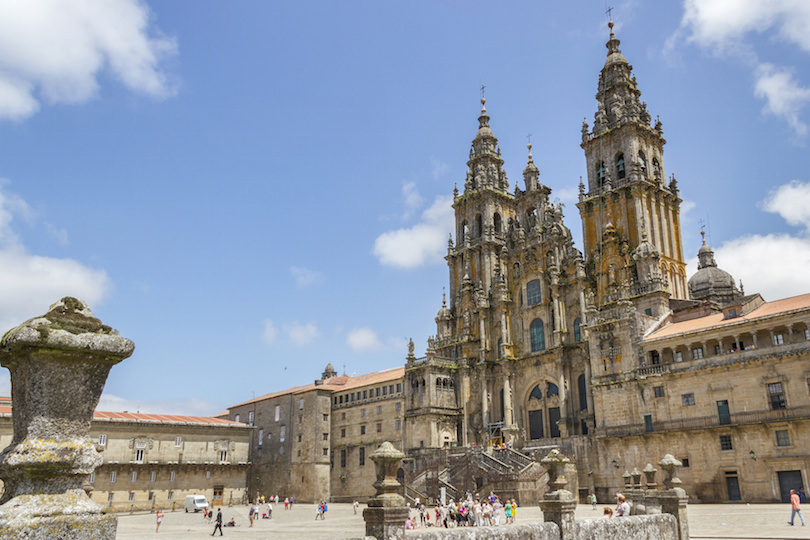
For many, Santiago de Compostela Cathedral marks the end of their pilgrimage along the Camino. It’s a fitting end for the trekkers, cyclists and horseback riders who have made the 500 kilometer (often more) journey.
Set in Praza do Obradoiro, the stunning Romanesque structure is supposedly the resting place for St. James. The cathedral harbors hints of Baroque and Gothic styles quickly capturing your eye as it comes into view.
Time your visit to coincide with the swinging of the Botafumeiro. This is a rope and pulley system that holds incense at its end. It is then swung from end to end, creating an awe-inspiring scene regardless of your religious affiliations.
Top it off with a guided tour of the cathedral’s rooftop which presents the best panoramic views in the city.
Where to Stay in Compostela
Whether you’ve completed the famed pilgrimage or are visiting the city to experience its history, you can’t go wrong by staying within the Old Town. This places you within walking distance of Santiago de Compostela’s attractions, cathedrals and squares. The area is very walkable, and its charming cobbled streets will motivate your weary feet to wander even further.
Within the old town, you’ll find the mid-range hotels in the city, the Hotel Compostela. Set within the UNESCO-recognized Plaza de Galicia, this hotel combines a historic facade with a modern interior. Upscale rooms come with warm wooden accents, A/C, Wi-Fi and views of the Old Town below.
Also in the Old Town is the budget-friendly Hotel Praza Quintana. Despite the lower costs, the hotel remains elegant with marble floors and bright accents along with views of the cathedral from some rooms. All rooms come with Wi-Fi and breakfast.
How to Get there
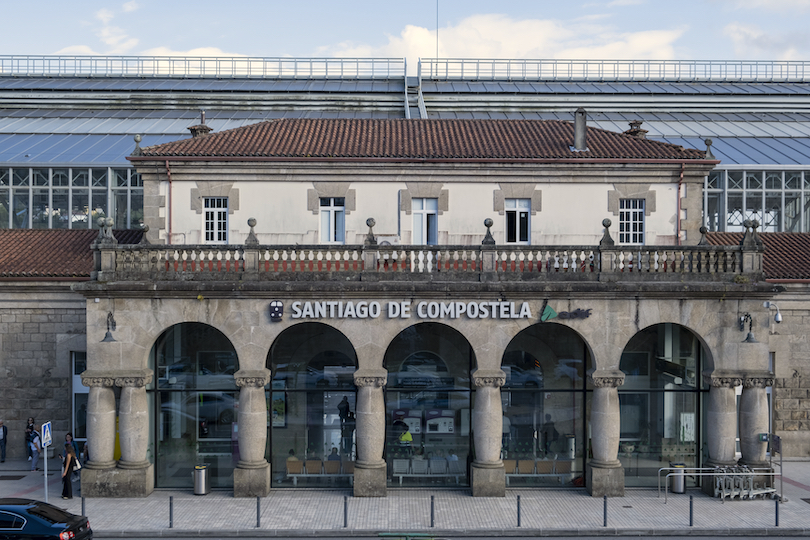
The easiest way to get to Santiago de Compostela is to fly to the nearby Santiago-Rosalia de Castro airport. You’ll find direct flights from most major cities in Western Europe. Once you’ve landed, jump aboard Bus #6 for the 25-minute ride to the city center.
Aside from flying, buses and trains depart daily from Madrid and Barcelona. However, with the latter, the journey can be over 10 hours. Lisbon and Porto also offer bus services to the Galician capital.
Of course, like many others, you can walk to Santiago de Compostela along the Way of Saint James. This tradition begins at Saint-Jean-Pied-de-Port 800 kilometers away.
Approximate travel times
- A Coruña – 40 minutes by car, 30 minutes by train
- Vigo – 1.5 hours by car, 1 hour 30 minutes by train
- Porto (Portugal) – 3 hours by car, 4 hours 30 minutes by train
- Lugo – 1 hour by car, 1 hour by train
- Leon – 2.5 hours by car, 2 hours 30 minutes by train
- Madrid – 6 hours by car, 5 hours by train
Best Time to Visit Santiago de Compostela
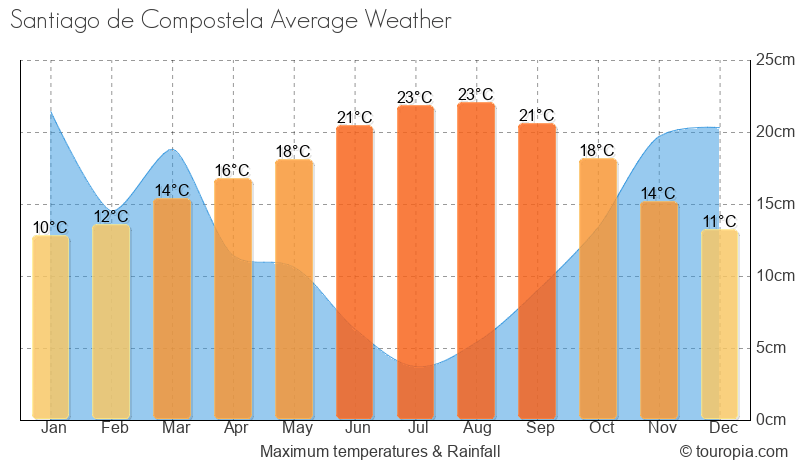
The capital city of Galicia in northwestern Spain, Santiago de Compostela is also the final destination of one of the world’s most famous pilgrimage routes. As such, the vast majority of people visit between April and October when the weather conditions are best for hiking the long, arduous Camino de Santiago.
During this period, temperatures range from 18 to 24°C (so 64 to 75°F) with July and August of course being the hottest months. The city and the numerous pilgrimage routes leading to it are also at their busiest and most expensive.
On July 25, festivities reach a fever pitch as concerts, plays and fireworks displays are held for the Day of Galicia and Feast of the Apostle St. James. The city’s other most important event – Semana Santa or Easter – also draws huge crowds around the beginning of April.
Either side of summer, the number of people visiting the city and hiking the Camino drops off a lot. Temperatures are also a bit cooler though spring and autumn are unfortunately much, much wetter than the dry summer months.
The rest of the year, from November to March, Galicia is rather cloudy, windy and wet so pilgrims and tourists mostly stay away.

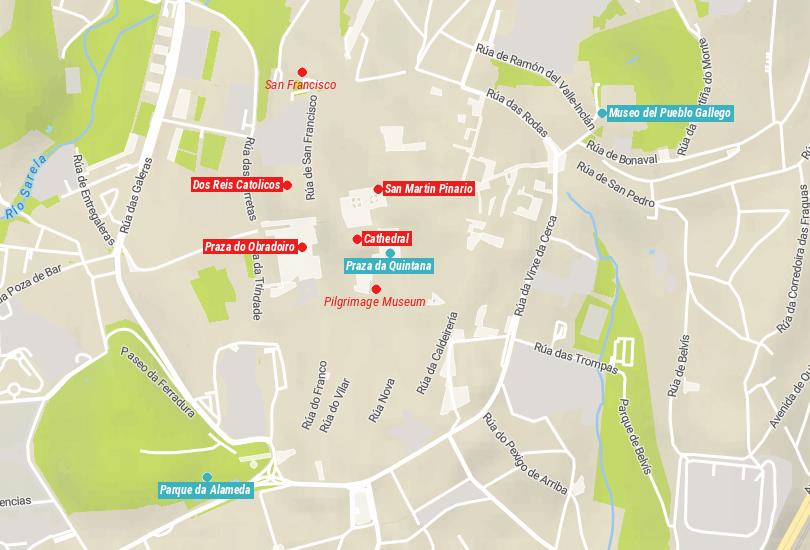
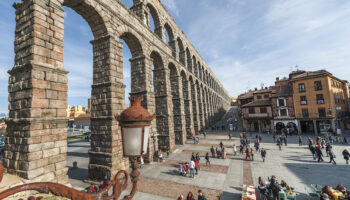
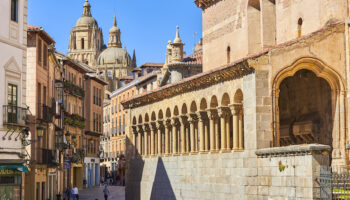
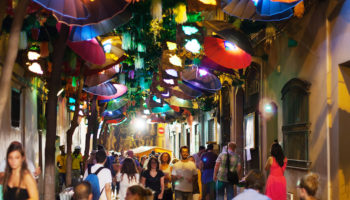
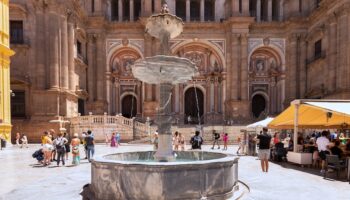
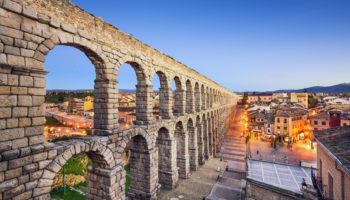

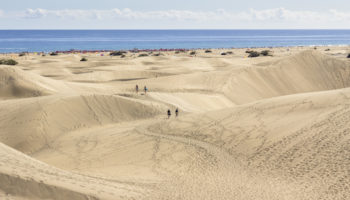
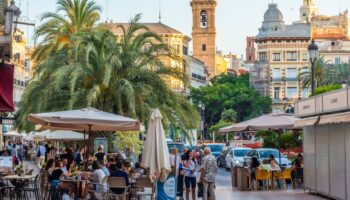
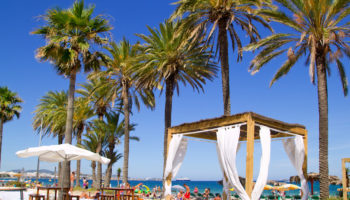
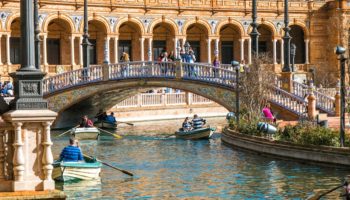

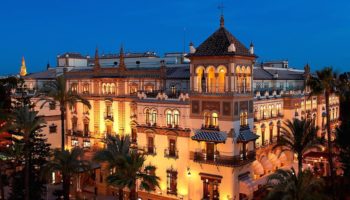
Leave a Reply